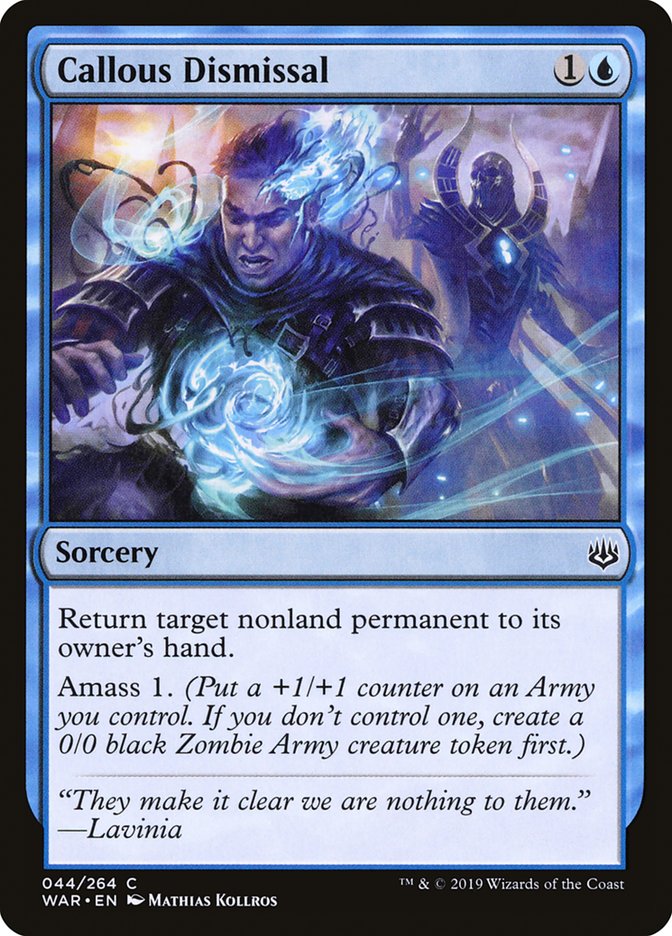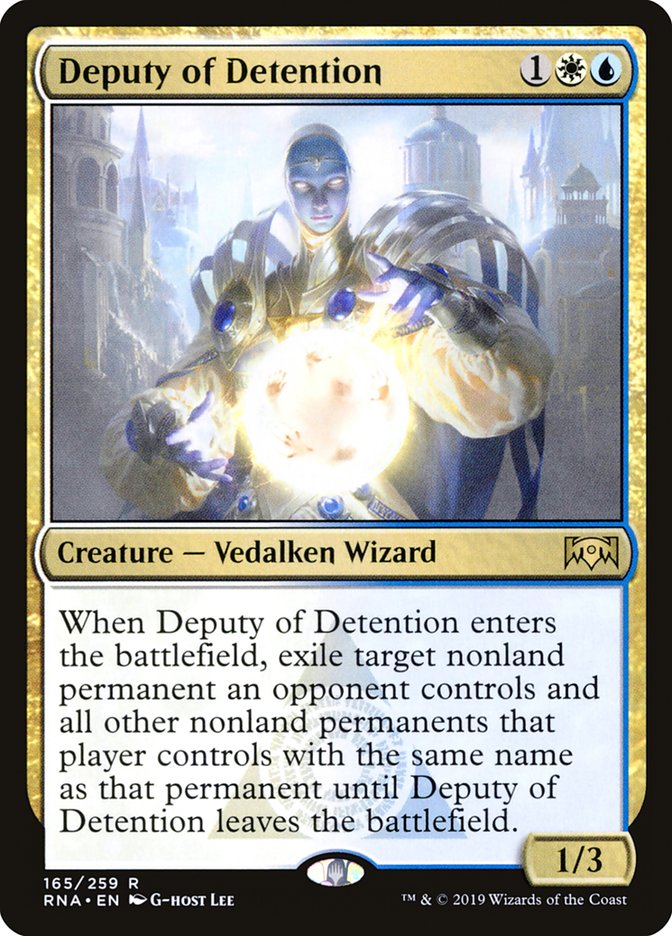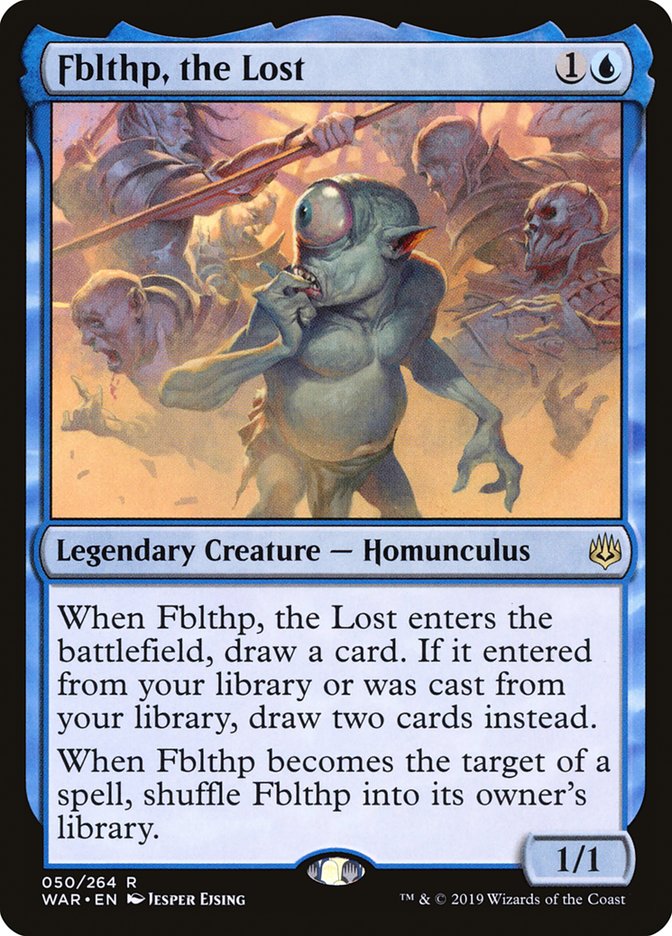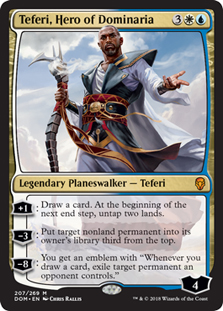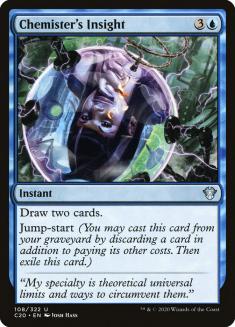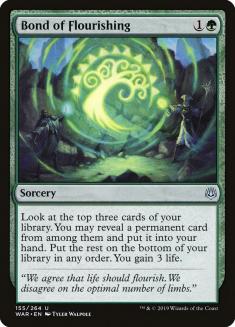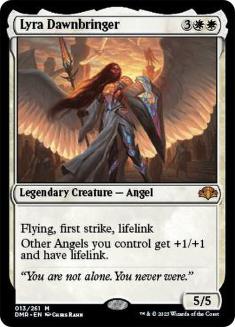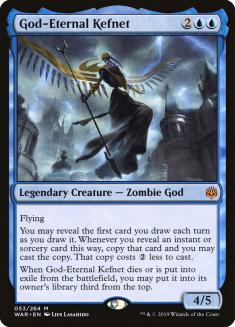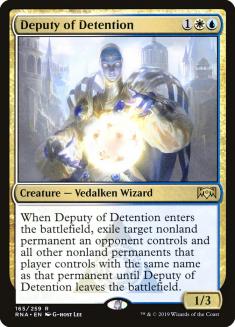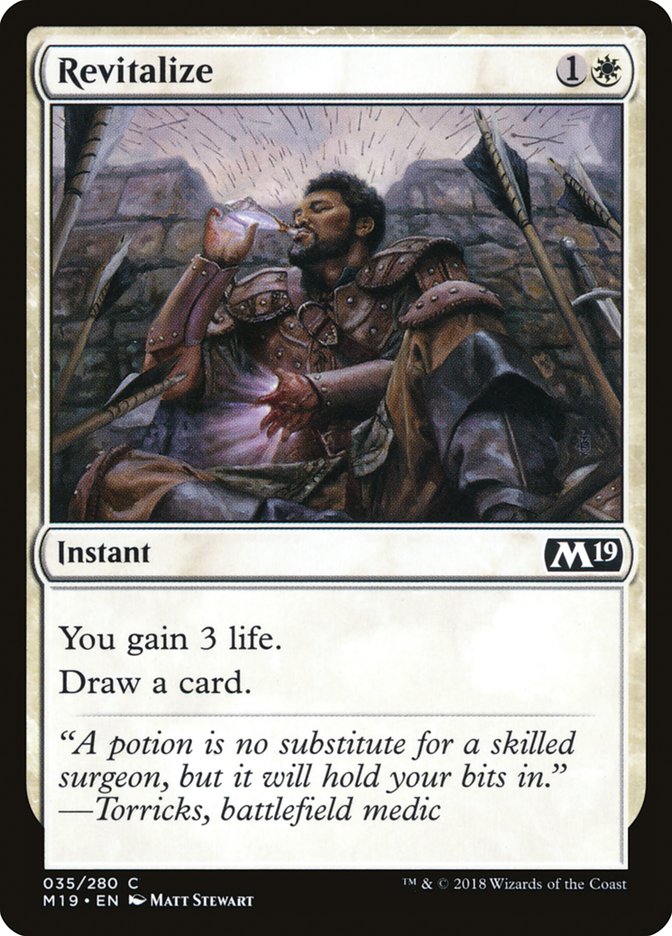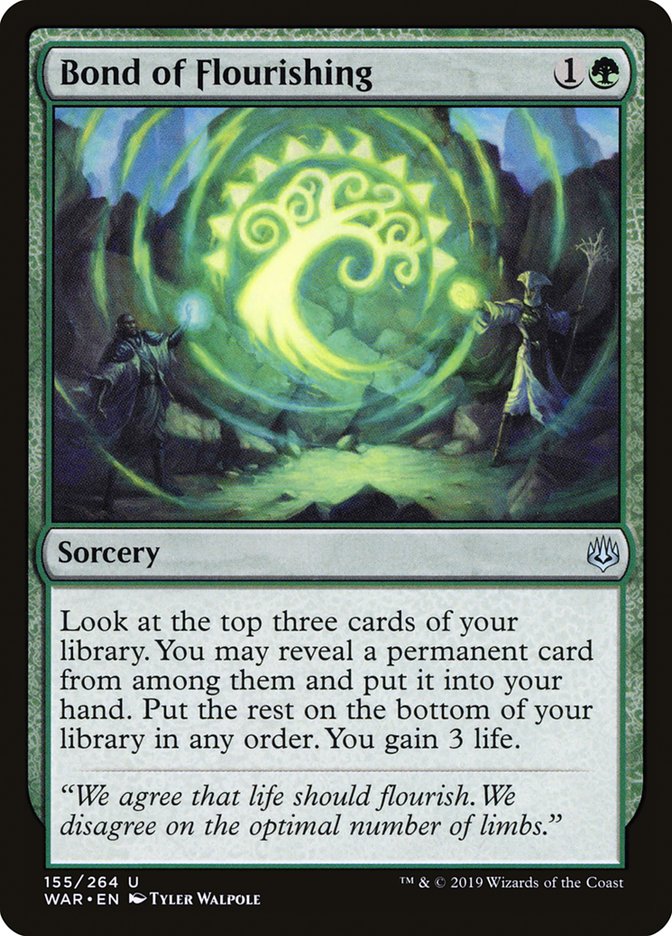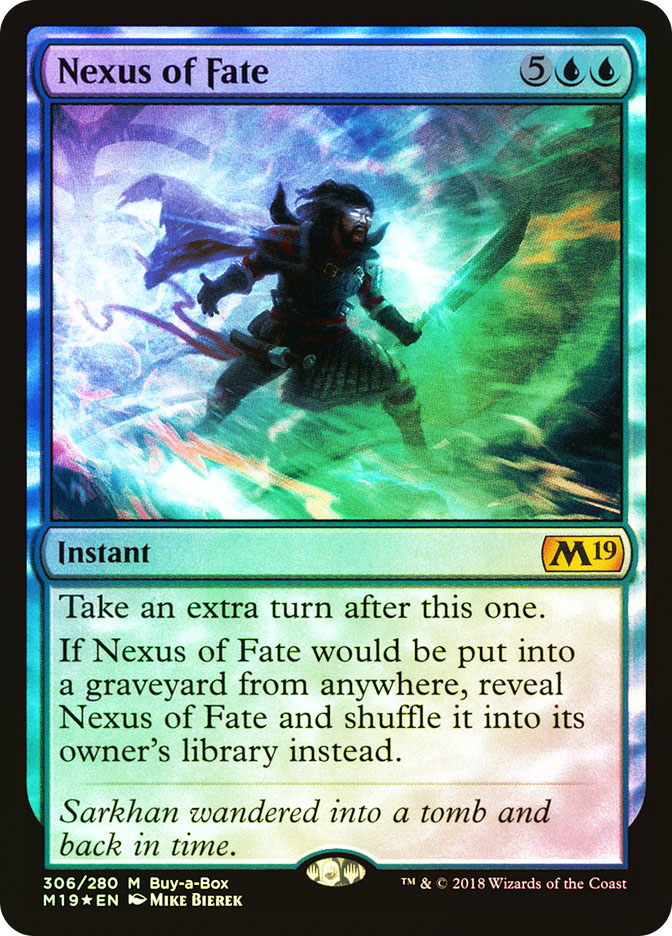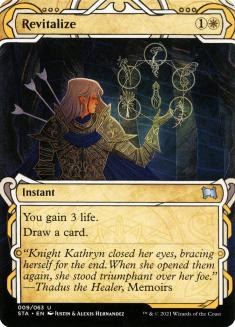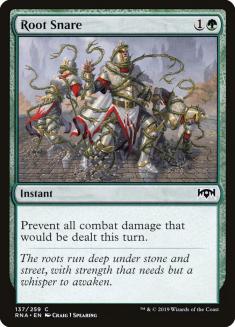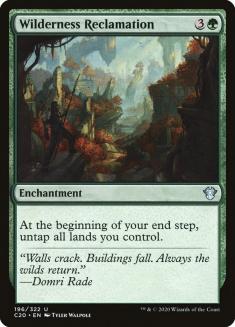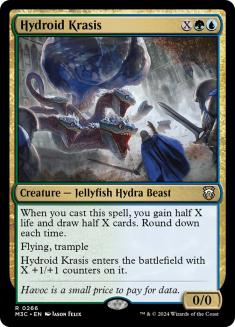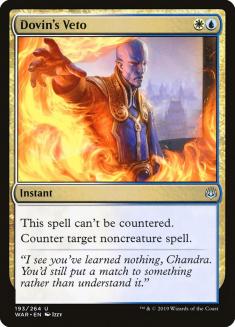As promised in my article on Tuesday, Fact or Fiction yesterday, and What We’d Play yesterday, today we’re taking a closer look at Bant Nexus.
Seriously, I shilled it up this week!
When War of the Spark Standard rolled out, everyone was distracted by Simic Nexus and the results it was expected to put up at SCG Richmond. So when it failed to breach the Top 8 that weekend, let alone win the tournament, everyone focused on its lack of success. However, a variant of the deck ended up getting completely ignored, as Mitchell Castaldini finished in second place in the Standard Classic at SCG Richmond with Bant Nexus. I didn’t let this accomplishment go unnoticed, however, and “sleeved” the deck up on Magic Arena to take it for a spin.
Planeswalkers (6)
Lands (26)
Spells (28)

I was instantly hooked!
While Simic Nexus was the way to go last season, the addition of a third color helped the deck out immensely against problematic permanents like Narset, Parter of Veils; Teferi, Time Raveler; and whatever else people were playing. Just having access to a strong secondary gameplan in the form of Teferi, Hero of Dominaria was nice, especially when it seemed more difficult to pull off Wilderness Reclamation shenanigans thanks to Mortify and Teferi, Time Raveler.
I don’t have enough games under my belt to say Bant Nexus is by far the best way to build this style of deck. My initial opinion is that it’s better than Simic Nexus, but I don’t want to pick that fight. I’m too old and beat up from all the exhausting controversy from these past couple of weeks to argue on the internet about such things. Maybe five years ago I’d be down to rumble with you young Simic-slingers, but 32-year-old Brad is still tired from the cross-country move.
All I know is I wouldn’t register Simic Nexus in any event but did submit Bant Nexus for my MPL Weekly matches this week. You’ll get to see how I did this Saturday at Noon PDT on Magic: The Gathering’s Twitch page.
Hot damn, my shill game is strong this week. It’s good to be back!
Creatures (1)
Planeswalkers (6)
Lands (26)
Spells (27)

Mitchell Castaldini did a great job with this deck for Week 1 Standard, but there were just a few things I had to change about the deck. In all honesty, I changed very little about the deck, but to continue looking like I deserve this position at Star City Games, I need to make myself look valuable. So that’s why I changed exactly one card in the maindeck.
Stop putting Callous Dismissal in your deck. It’s not a good card. I get it wins the game and can interact with a permanent, but it’s a card that you’ll always want to take out when sideboarding. Sometimes that’s fine, and I’ve had cards like that in the past, but it wasn’t straight terrible. I had a plan, okay!
I believe the best win condition for Nexus decks is in fact that which cannot be found.
You might be asking yourself right now, “Why does a Nexus of Fate deck with Teferi, Hero of Dominaria need a win condition?” That is, in fact, a very good question and the answer to that is so you can beat other Nexus of Fate decks in Game 1. Yup, that’s why, and yes, I’m fully aware how stupid it is. It is what it is, though.
Since we need a way to win the game even after our opponent has no permanents on the battlefield, I think the best one is the card that cantrips. Even in your opening hand, Fblthp can let us draw a card, which is very important in a deck trying to assemble a combo and not take a ton of damage in the process.
“Why didn’t you play Fblthp if you’re advocating for it?”
Another amazing question, imaginary person on the other end of the internet! My answer might be bad, but it at least sounds cool. I choose Deputy of Detention as my maindeck win condition solely because I wanted a sixteen-card sideboard. I didn’t know what to cut to make room for the fourth Deputy, but I knew I wanted access to four of them in the Azorius Aggro matchup. That’s honestly where the card shines brightest and is a difficult matchup to win after sideboard if you can’t stymie their offense.
After that, I made some bigger changes to the sideboard since I think Knight of Autumn is just a bad card, but I pretty much kept the deck very similar to Mitchell’s list. Don’t mess with perfection, right?
One of the most common questions I get about this deck is why Teferi, Time Raveler isn’t in the maindeck. The best answer I have for that is that the deck doesn’t interact with opponents on Turn 2. It’s tough to protect Teferi, Time Raveler in the early turns, and the effect of bouncing something isn’t really good enough in most games. I’d much rather just play the cards I have in the deck now than replace them with the planeswalker. Maybe if the metagame shifts drastically I’ll consider it, but for now it seems foolish to add the card to the maindeck.
Anyway, let’s get to what you came for!
VS Mono-Red Aggro
Out (on the draw):
In (on the draw):
Out (on the play):
In (on the play):
I thought Mono-Red Aggro was going to be bad when I first picked up this deck, but I was pleasantly surprised to find success in this matchup. At this point I’m 8-3 against Mono-Red, and twice my losses involved opponents topdecking burn the turn before I would most likely combo off.
Bant Nexus has a strength in the matchup that Simic does not: lifegain. Revitalize and the sideboard copies of Bond of Flourishing go a long way in the later turns when your opponent is looking to burn you out. It’s not difficult to stop the opponent from never dealing another point of combat damage, thanks to the redundancy of Root Snare being returned by Tamiyo, Collector of Tales, but fighting through two or three burn spells can be. Gaining three to six life in the early turns is sometimes exactly what you need to stop your opponent from getting turns again.
The matchup isn’t all that difficult to play, either. Just cast your spells and hope to have the pieces you need on Turns 4-6. Sometimes you’ll want to play very aggressively when you don’t have a good mix of combo pieces, and other times you’ll have a ton of time to minus Tamiyo for Root Snare while drawing cards with other spells. It all depends on if they had a good start, which usually involves Runaway Steam-Kin dealing a ton of damage in the early turns.
It might seem strange to have God-Eternal Kefnet for this matchup, but awkwardly enough I’ve found this card to be exactly what you want against red-based aggressive decks. It’s very bad against the other decks in the format, which is why most people think it’s bad and there could be a better card in this spot, but I think having a specific curve is very important and a meaty four-drop has felt right. I’ve played anywhere between zero and two copies of God-Eternal Kefnet, and for right now I’m content with just one. If I had room for another card, it would certainly be this card for red-based matchups, though.
VS Esper Midrange
Out:
In:
This matchup is so much fun. Seriously, I don’t think there’s another matchup in War of the Spark Standard that I’m excited to play against. I think we’re slightly behind in it, but that’s mostly because Esper Midrange might just be the best deck in the format. I don’t know that for certain, but I do plan on figuring it out myself this week when I stream the deck later this week.
Did someone dredge a Stinkweed Imp? Because it’s getting shilly in here!
This matchup is all about controlling the battlefield. Esper Midrange will try to resolve Teferi, Time Raveler to keep you from comboing off, but also use cards like Thief of Sanity or Teferi, Hero of Dominaria to pull ahead after they’ve ripped your hand apart with Duress and Thought Erasure. That’s why I bring in so many answers to these problematic permanents. You’re not going to stop them from resolving these cards, but what you can do is weather the storm by doing annoying things like bouncing Thief of Sanity or removing Teferi from the battlefield, even for a turn or two.
The goal is to get to the later turns and not be completely blown out by them having three planeswalkers, four creatures, and casting your own Nexus of Fates. Tall order, I know, but the only way to do that is to inch your way there by interacting with them using your own planeswalkers and creatures. I have a feeling that I’ll have a better solution for this matchup in the following weeks, but for now I’ve been doing this at a success rate of about 45%.
VS Esper Control
Out:
In:
This is a much better matchup than Esper Midrange because even though they have very similar cards to Esper Midrange after sideboard, there are more counterspells and fewer threats. Esper Control still has Thief of Sanity and Teferi, Time Raveler, which are both issues if left unchecked, so I bring in Deputy of Detention to delay those.
Unfortunately, there’s not a great explanation to how to play this matchup. Sometimes your hand will be forced into just casting your spells, and other times you can hold up Chemister’s Insight when they’re representing countermagic. It really depends what they did with their third turn and what you have in your hand. There’s a lot of posturing going on here, but just don’t get too comfortable in it. When I hit seven mana, I usually slam a Nexus of Fate on their turn, and if it resolves, I just jam all my cards in the next two turns and hope it’s enough to start a chain reaction of card advantage.
VS Simic Nexus
Out:
In:
We’re slightly behind in Game 1 since we don’t have Blink of an Eye or countermagic, but we make it up after sideboard with so many annoying cards. Teferi, Time Raveler is absurd in the mirror, but so is Dovin’s Veto, since they can never force through a Wilderness Reclamation. On the topic of Dovin’s Veto, it’s not a great time to be playing a ton of countermagic in a deck that’s already weak to Teferi, Time Raveler. I think having access to them is nice, but I would never go overboard on them because the diminishing returns on drawing multiples are too steep.
Don’t be afraid to jam your spells after sideboard. We have a ton of proactive answers as well as threats, so we don’t want to allow them to eventually pivot into a tempo game if we’re playing draw-go. Obviously don’t go crazy on just slamming cards willy-nilly, but it’s fine to let them counter something into resolving a Wilderness Reclamation. Again, we’re in a mirror that can just combo out of nowhere, so you have to ride the fine line, and more often than not you’ll come out on the winning end thanks to the more proactive gameplan.
VS Azorius Aggro
Out:
In:
This matchup depends starkly on their draw, but luckily for us it isn’t easy for them to present adequate pressure and disruption. It’s way more likely for them to put together that combination in the sideboard games, so winning Game 1 is an important step to winning the match. Luckily for us, Game 1 is pretty easy if we draw reasonably well.
Sideboard games can be tricky, but thankfully Deputy of Detention does a wonderful job of stabilizing just long enough to get combo pieces onto the battlefield. Sometimes you’ll use it to pick off multiple threats – usually Knight tokens from History of Benalia – but every once in a while their draw will consist of multiple copies of the same creature. Other times you’ll need Deputy to take care of a Teferi, Time Raveler.
Again, it’s very difficult to beat their best draws, but they aren’t common due to needing such a specific set of cards in the early turns.
VS Sultai Midrange
Out:
In:
This is one of the deck’s best matchups and for good reason. Game 1 is a complete joke, as Sultai Midrange is pretty much just a beatdown deck before sideboard against Nexus of Fate decks. When you can, avoid casting Wilderness Reclamation until you can follow it up with a Nexus of Fate on the same turn, since losing your only source of extra mana to a Vivien Reid can cause a game to go downhill quickly if you don’t draw the correct cards. That said, it’s difficult not to when so many of your cards are good in the matchup.
After sideboard, Sultai Midrange gets some countermagic and hand disruption, but it’s usually not enough to swing the matchup too much in their favor. That’s why I keep in a healthy number of Root Snares, as I’m looking to weather the storm with a high density of card advantage. This gameplan often leaves us weak to their ever-growing forces, which is why a Fog or two is exactly what we need to finally take over the game.
VS Gruul Aggro
Out:
In:
Gruul Aggro is another great matchup, but we do need to be wary of their sideboard Cindervines. It can sometimes be difficult to race their quick offense and them being able to burn us out or destroy a key enchantment, but just try to race to a combo as quickly as possible. I’m pretty sure this is a good matchup, but also I expect this deck to see less and less play, as it doesn’t seem well-positioned against in the metagame.
After looking at my sideboard plans, you may be wondering why I like a card like Revitalize in the deck when I’m sideboarding it out so often. Sometimes you have a card that’s easily replaceable but also something you want when you’re against a wide-open metagame. I’ve very much liked having Revitalize in this metagame, as most decks aren’t prepared for the matchup Game 1 and gaining a little life or drawing into more relevant cards is a nice effect for a deck like this to have. I could see wanting to evolve the deck to rely on Bond of Flourishing in the maindeck, but that would take a much bigger overhaul that I’m not willing to do just yet.
So that’s Bant Nexus. I don’t know if it’s the best thing out there or even if it’s Tier 1, but I just know I like playing it, and that’s good enough for me!


